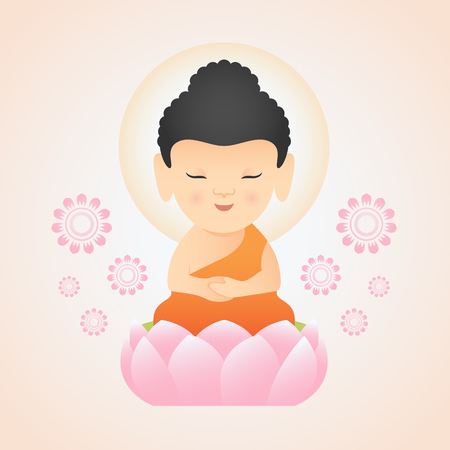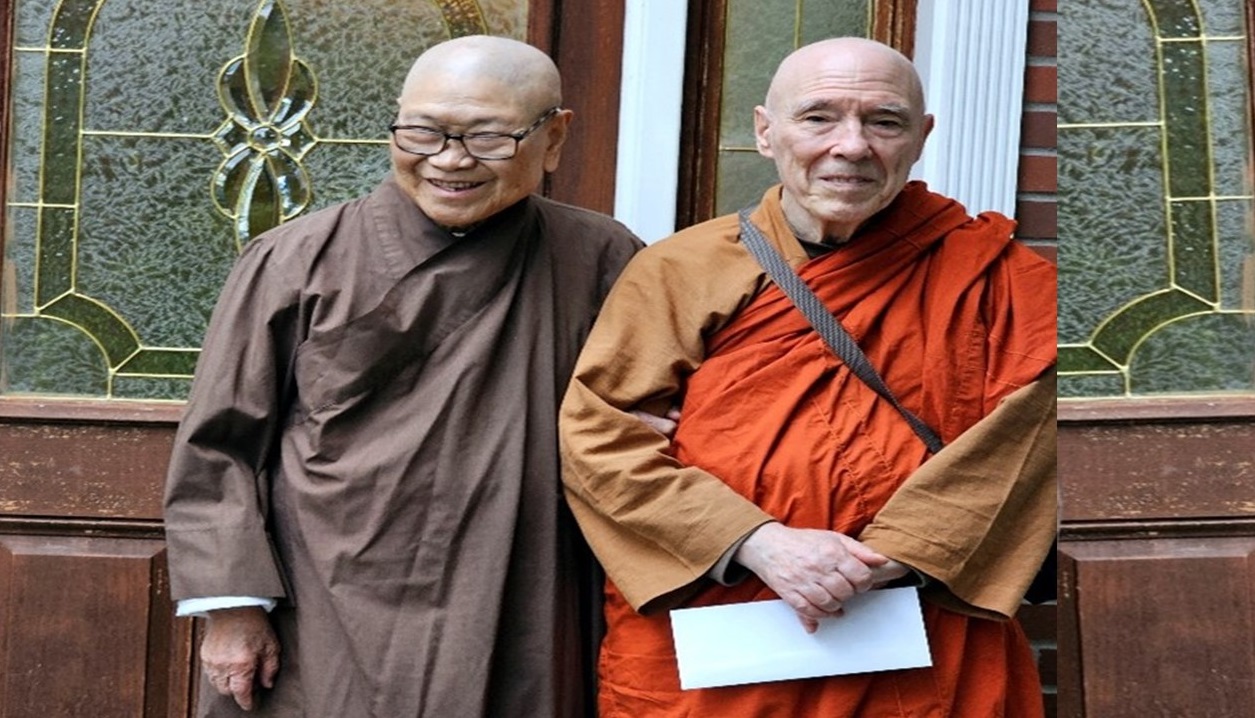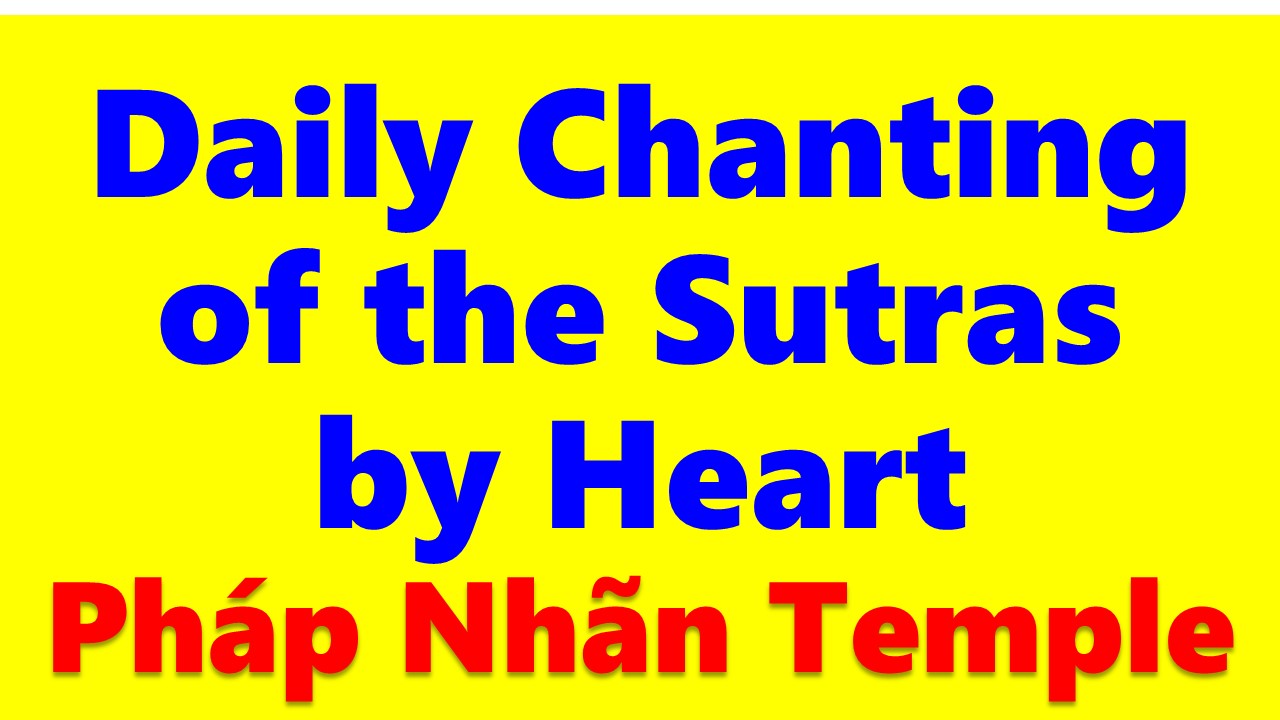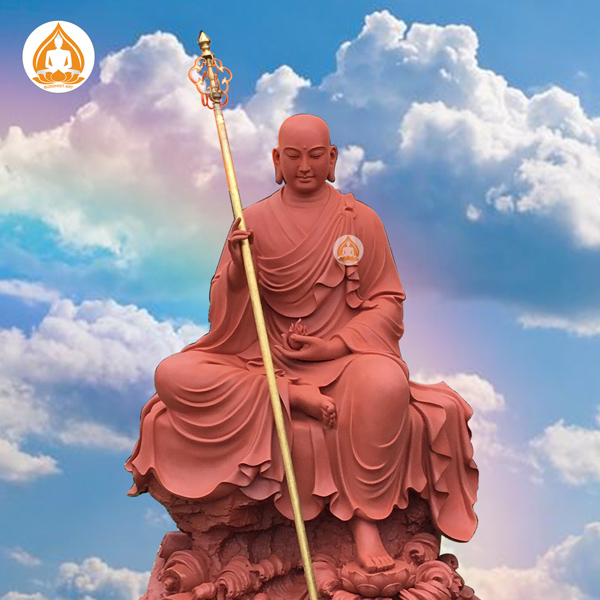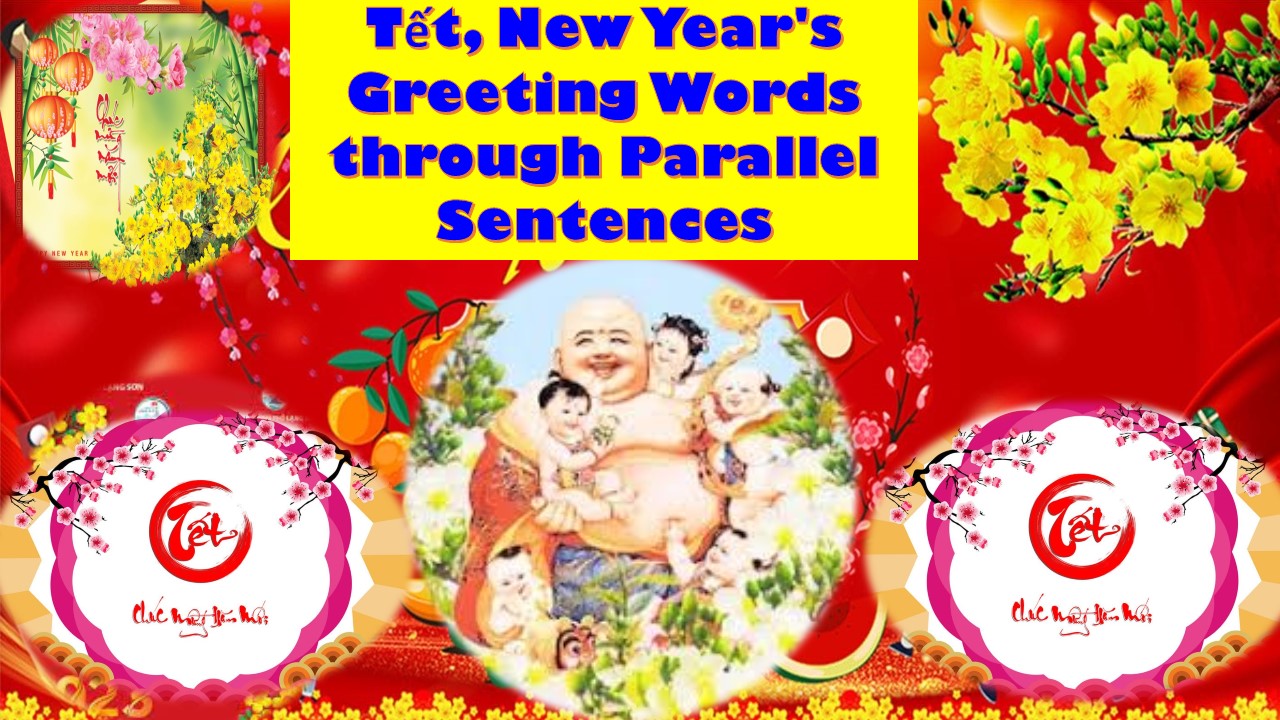By

Comparing Two Types of Meditation
– Samatha and Vipassana
People who start to delve a little more deeply into mindfulness will discover that different terms are used for different kinds of meditation. In this article we will focus specifically on Samatha and Vipassana meditations. What are these meditations, what is the different between them, and which one should a person ideally practice?
In short, Samatha meditation is focused on calming the mind, whilst Vipassana meditation is focused on insight or clearing the mind. Both meditations have their uses but which one you should practice depends on what your goal is. For the purposes of most people seeking to get into meditation we consider Vipassana to be the meditation of choice that is going to deliver them the results they want. Let’s look at why in more detail below.
What is Samatha Meditation?
Samatha meditation refers to meditation aimed at calmness or tranquility. It is specifically focused on quieting the mind and can be used to achieve great states of calm and focus. In Buddhist philosophy it can also be used to develop other abilities such as mind reading and seeing past lives, but we will leave these topic aside for now.
In practical down to earth terms, the Samatha meditation that most people who first get into meditation will practice is that of counting breaths. So they will simply focus on their breath, counting up from one to five or ten and then starting again at one. It is generally advised to not go past ten but start again at one.
Doing this even for a short time can noticeably calm the mind and improve focus as well. This calmness can be used to temporarily handle stress or for other purposes. If tranquility rather than clearing the mind or letting go is the main focus of meditation then this is the method for you. It can serve to quickly quieten an overactive mind.
Note though that in Samantha meditation you are focusing on a concept rather than a reality. The breath itself is a concept we create in our mind, as is the numbering we use to track it under this practice. This is an important contrast to Vipassana meditation which we will discuss below.
Yuttadhammo Bhikkhu briefly describes Samatha practice and compares to Vipassana
Samatha meditation (counting breaths) is for calming the mind; Vipassana meditation (observing the abdomen rising and falling) is for clearing the mind
What is Vipassana Meditation?
By contrast Vipassana meditation is aimed at insight or clearing the mind. It is specifically focused on allowing a person to see clearly and gradually rid their mind of impurities or defilements. In lay terms this is the preferred meditation for letting go as it will allow you to see yourself, others, reality and your past with more clarity and ultimately come to terms with it.
In practice this practice can take far more varied forms, but in terms of breathing it involves tracking the breath in terms of one of the five physical senses – tracking the rising and falling of the stomach or the flow of air as in enters and leaves the nostrils during the in-breath and out-breath. You are following the breath in the sense of how it is physically manifesting rather than numerically counting it.
However Vipassana meditation is not restricted to just tracking the breath in this way but also includes tracking any of the five senses – seeing, hearing, smelling, tasting, touching – by non judgemental observation. Thoughts and feelings can also be included in this. In a general sense it involves paying non judgemental attention to one or more aspects of our moment to moment mental or physical experience.
This is a much broader definition than the Samatha meditation and covers much more of our momentary experience. As such after some practice it can deliver much wider benefits than just calmness. As an added bonus though practicing Vipassana can also produce great states of calm as well as insight or seeing clearly; it is just that the calmness is more of a byproduct rather than the main focus of the meditation as it is with Samatha.
A Subtle Difference Between Samantha and Vipassana Meditation
The main differences between Samantha (calmness) and Vipassana (insight) in terms of what they deliver we have already made clear, but the difference between what the meditations are focusing on and why they are different is a little more subtle and deserve a little more explaining.
Samatha or tranquility meditation can only calm the mind because it is focusing the mind on a concept such as the breath and counting up through them with numbers, which are also a concept. What we call the breath is an abstraction or shorthand for the abdomen rising or falling or some other physical manifestation of breathing.
By contrast the Vipassana meditation is actually focusing on the physical reality of these breaths manifesting, such as the abdomen rising and falling or air going in and out of the nostrils. It is focused on directly observing moment to moment experience on the level of the senses or thoughts.
Of course the breath in terms of the rising and falling abdomen is only a very small part of this momentary experience, which can also include hearing sounds and observing other sensations in the body as well as thoughts and feelings. So the Vipassana definition of meditation encompasses a whole lot more than the Samatha definition, which just focuses the mind very intently on one particular concept to produce states of calm.
Should I Practice Samatha or Vipassana?
Based on the differences we explained, you choose which meditation based on what you want the outcome or goal of the meditation to be. If calmness or tranquility alone is your main goal, then choose Samatha; if insight is your goal then choose Vipassana meditation. By insight we also mean seeing clearly or clearing the mind.
We anticipate that most visitors to this blog have come here to look for resources for letting go or acceptance in some part of their lives or to manage some kind of mental disturbance like depression. In these cases it is safe to say that Vipassana meditation is the practice of choice, as it is specifically designed for seeing clearly and therefore letting go. Solely using meditation for calmness will not resolve underlying problems in the mind or unresolved issues from the past.
On a philosophical level, Vipassana meditation allows for this letting go as it is focused on observing actual reality. As Buddhism teaches us, once you use meditation to observe reality, you begin to see reality more clearly in the sense of non-permanence. Focusing on the breath or other phenomena as they are becomes a means by which we begin to understand reality and life in a wider sense. We see the flow of things more clearly.
We start to see that emotions, thoughts, sensations are never permanent and arise and cease. This leads us to cling less to negative things like depression as we realise that it is just temporary experience that will come and go like anything else. We loosen our attachment to things that used to bother us. We develop an equanimity where we become less affected and ruffled by things that might have stressed us out before.
This non judgemental observance of reality also leads to to a level of acceptance, where we come to terms and make peace with what has happened in the past. Through practice observing reality through meditation we come to accept it as it is and not seek so much to change it, either in the present or in an “if only” sense of constantly going over the past. We gradually learn to let go.
From drawing out these these differences we can see that for most people Vipassana is the meditation that is going to get them where they want to go more effectively. The majority of people are not getting into meditation solely for calmness but are also looking for other benefits, like to clear their mind of baggage and negativity and for this you will need to focus on reality and not concepts.
As a side product of Vipassana meditation we do also develop an increased calmness; it is just differentiated from Samantha meditation as calmness is not it’s main focus or goal. See the embedded video below where the differences between Samatha and Vipassana meditation are drawn out a little more and some pro’s and con’s are discussed.
Samatha and Vipassana Meditation Compared a Little More…
See our Mindfulness Resources page for more information and to get started on mindfulness. The introductory 8 week course we have on that page is basically a form of Vipassana meditation for insight and letting go.
by | Dec 10, 2018 | Buddhism, Letting Go, Meditation, Mindfulness


